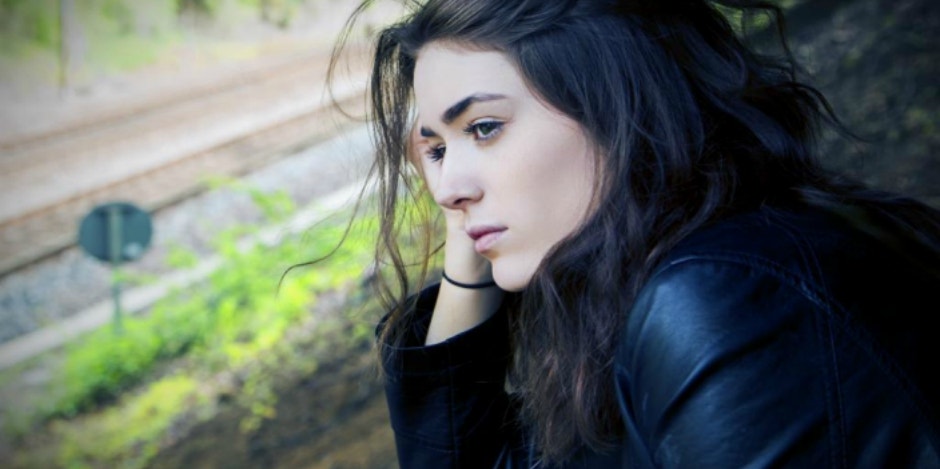How To Tell The Difference Between Sadness, Grief And Depression
Are you just feeling a little down, or is it something more serious?
 Find A Photo
Find A Photo We all know what it’s like to feel sad. Sadness is a standard human emotion. It looks different for different people and in different situations, but we all experience it regularly, maybe some of us more vividly than others.
Robin Dee Post, Ph.D., a recently retired clinical psychologist with over 30 years of experience in private practice, tells SELF that sadness is actually a desirable and necessary emotion. “It’s an emotion we sometimes think about negatively and it actually is not, it’s a very adaptive feeling.” Being sad allows us to deal with painful experiences and loss. It can be cathartic and relieve tension. “It also aids in empathy for ourselves and what we’re going through, but it’s also an emotion that can help us access other people’s pain and suffering,” Post explains.
Sadness is also one feature of depression—they’re closely tied, but not exactly the same. Being sad is normal and healthy and will pass; depression has a negative impact on your life and needs to be addressed to get you back to a happy, healthy, functional place again.
If your sadness lasts more than two weeks and is accompanied by other warning signs, it may mean it’s more than just that.
“Mood disruption for two weeks or longer,” is one diagnostic criteria for depression, Post says. The key is whether or not that sadness is paired with other factors of depression—loss of energy, trouble concentrating or making decisions, difficulty sleeping, disruption in eating patterns, feelings of hopelessness, worthlessness or thoughts of self harm.
Depression is also marked by a loss of pleasure in life and activities that once made you happy.
Loss of interest in things that normally excited you, or the inability to find pleasure in any way outside of the thing that’s saddening you, is a red flag. “You could be sad but still feel pleasure about something,” Post notes. “Depression is a pervasive lack of pleasure in things you’re doing.” This can also manifest in social withdrawal.
There’s a fine line between grief and depression, but for those predisposed to depression, it can be a slippery slope.
Grief is a normal reaction to a tremendous loss. If you lost something or someone important, it’s expected for you to be stricken with grief for a long time—much longer than the two-week criterion for depression. And chances are, you won’t find too many thing exciting or interesting or pleasurable, depending on how you grieve and what stage you’re in. “We can’t just amuse somebody out of their grief,” Post says. Many people can and should turn to counseling in a time of loss—it’s a way to help you sort out how you’re feeling and learn the best way to cope.
If you think you might be depressed, you should seek counseling—which can be helpful even if you don’t come out with a clinical diagnosis.
If you’re grieving for a long time and it’s disrupting your life, or if you are struggling to cope with another type of sadness or stress and you’re noticing it’s affecting you physically (you’re not eating, losing weight, not sleeping or sleeping all the time), it’s a good idea to seek professional help. Meeting with a therapist can be useful for identifying coping strategies and working through complex emotions, whether you’re depressed or not.
For some people, grief and sadness can segue into major depression. “Depression comes with a biological vulnerability, so not everybody who is sad or grief-stricken will morph into depression,” Post notes. For those who do, it tends to be recurrent, “so it will happen more than one time.”
If you know you’re prone to depression and have been treated for it in the past, don’t wait until things spiral. Talk to a mental health professional when you are deeply sad or consumed by grief to keep yourself afloat during the most emotionally challenging times.

